Space junk (also called space debris) refers to old satellites, rocket parts, loose screws, paint flakes, and other human-made objects that are now floating in Earth’s orbit.
Imagine you launch something into space, it finishes its job, and then you leave it there—over time, many such objects build up. Some may break into many smaller parts. The European Space Agency estimates there are currently tens of thousands of trackable pieces larger than about 10 cm in orbit—and many millions of smaller bits that are too tiny to track easily.
Why Should We Care About It?
You might wonder: if the junk is up in space, what does it matter to us down here? Well, there are several important reasons:
- It can hit working satellites or spacecraft. Even a small piece of space junk travelling at high speed can smash into a satellite or degrade its solar panels.
- It poses a risk to astronauts and future space missions. A collision with space junk could damage important space equipment or even the International Space Station.
- It could make certain orbits dangerous or unusable. Scientists worry about a cascade effect, known as the Kessler syndrome, in which collisions create more debris, making space busier and riskier.
- It’s part of the pollution problem on our planet. Just as we worry about plastic in the oceans or litter on land, we also need to worry about “litter” in space. Keeping space clean is part of looking after our home planet.
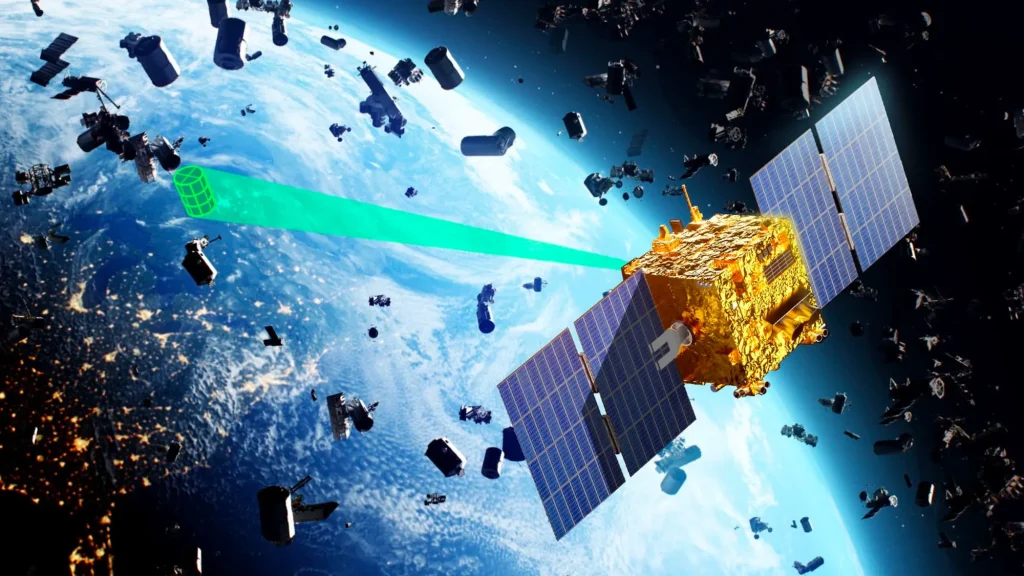
Where Is All This Junk?
Most of the space debris is in what’s called Low Earth Orbit (LEO)—that’s around 200 to 2,000 kilometres above Earth. Many satellites, including those for Earth observation, orbits in this zone.
If you look at illustrations made by space agencies, you’ll see lots of tiny dots representing debris around Earth in this region.
Because space is so vast, the objects are still normally very far apart, but we can’t ignore that the number of objects is rising.
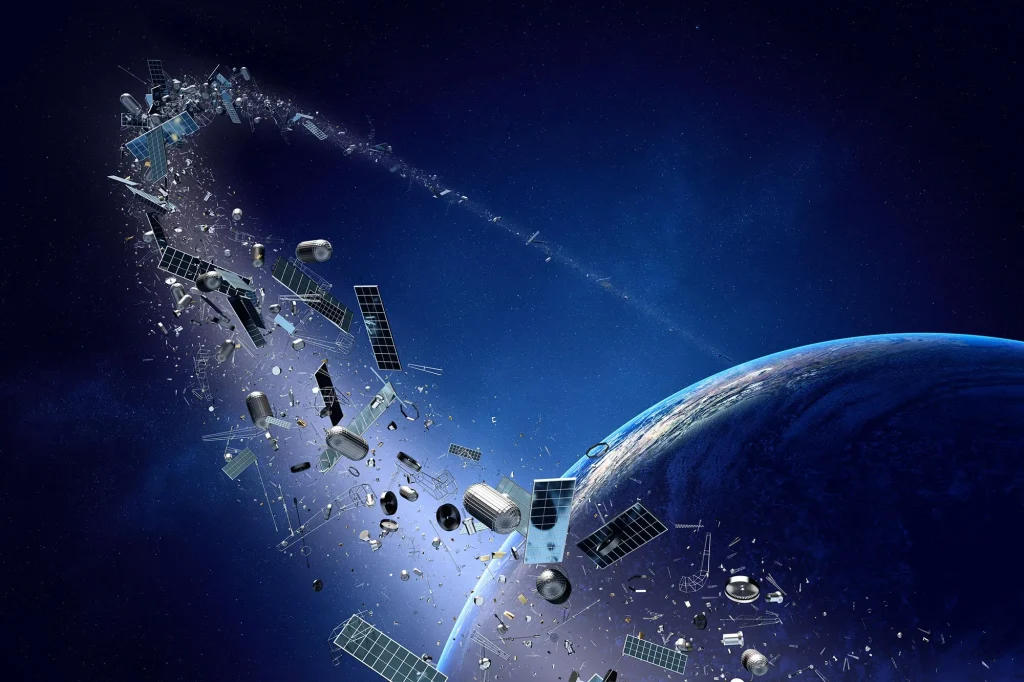
How Did We Get So Much Space Junk?
There are many ways space junk accumulates:
- Old satellites that have finished their job and are still in orbit.
- Rocket bodies (spent parts of rockets) that are left behind.
- Collisions or breakups of satellites or rocket stages, creating many smaller pieces.
- Bits of debris from things like paint flakes, solidified liquids from spacecraft, or even small components knocked loose.
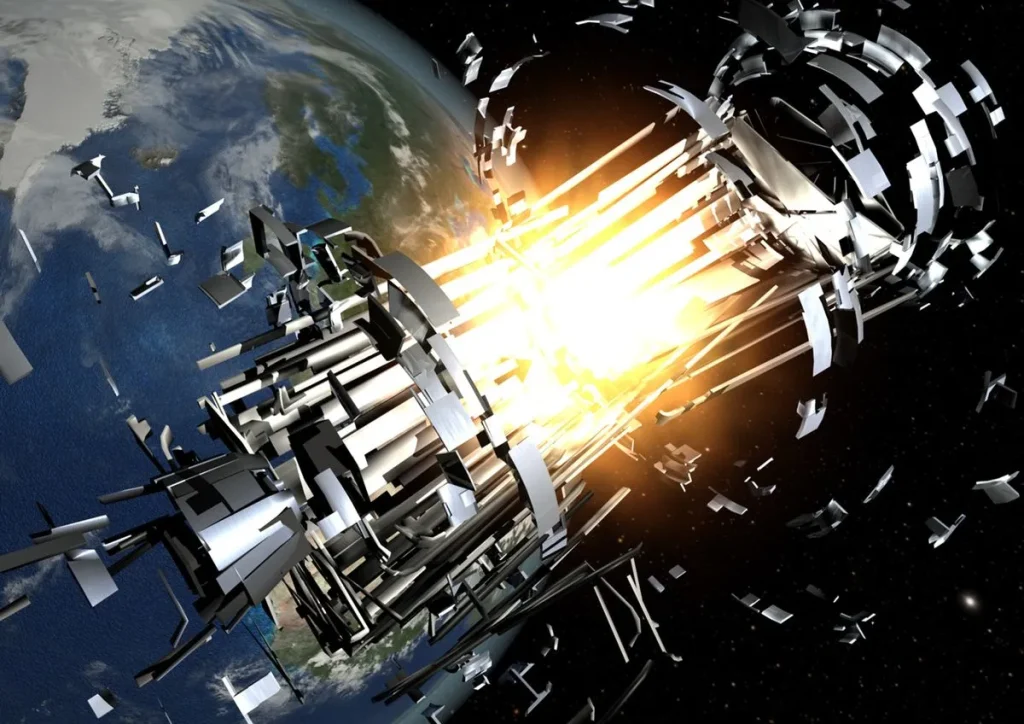
As more countries and companies launch spacecraft, the amount of “cosmic litter” grows, so efforts to clean it or avoid creating more are increasingly important.
What Can We Do to Clean Space Junk?
Thankfully, many ideas and experiments are underway to solve the problem. Here are some of the promising ones:
- Remove large pieces from orbit. Some companies and space agencies are developing “space tugs” or capture satellites that can grab a defunct satellite or rocket body and drag it down so it burns up safely in Earth’s atmosphere.
- Use nets, harpoons or robotic arms. These ideas aim to trap or attach to debris and then remove it. For example, a net or harpoon could catch a piece and then change its orbit so it re-enters the atmosphere.
- Laser methods. Some scientists propose using ground-u or space-based lasers to nudge small debris off of orbit, causing it to slowly fall back to Earth and burn up in the atmosphere.
- Better design and end-of-life plans for satellites. Future satellites are being designed to either move to “graveyard orbits” when they finish their job, or de-orbit in a controlled way so they don’t add to the problem.
- International rules and cooperation. Space is a global commons—every country that launches spacecraft shares responsibility for keeping orbits safe. Guidelines and agreements help everyone behave responsibly.
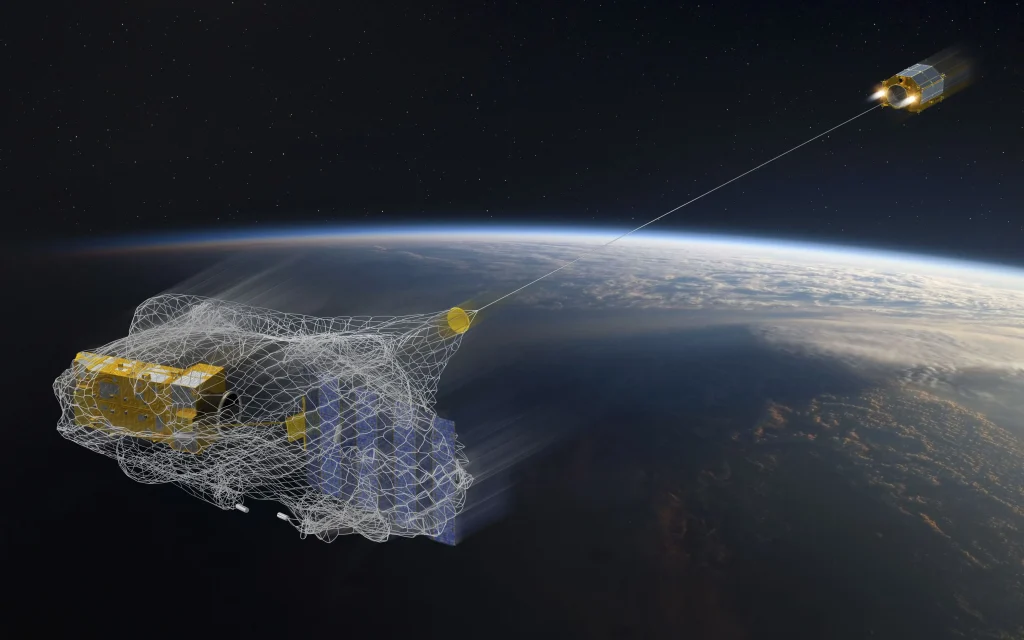
What Can Kids Do?
You might think cleaning space junk is something only big scientists do—but there are ways you can get involved or learn more right now:
- Learn about orbits, satellites, and space junk—ask questions in class or at home.
- Share what you learn with friends—maybe you can make a little poster about space junk.
- Encourage the idea of clean space, just like we talk about clean oceans or less litter on Earth.
- Follow space missions and innovations; for example, how new satellites are being designed to reduce debris.
- Think creatively—maybe you have a new idea for a space-cleaning gadget one day!
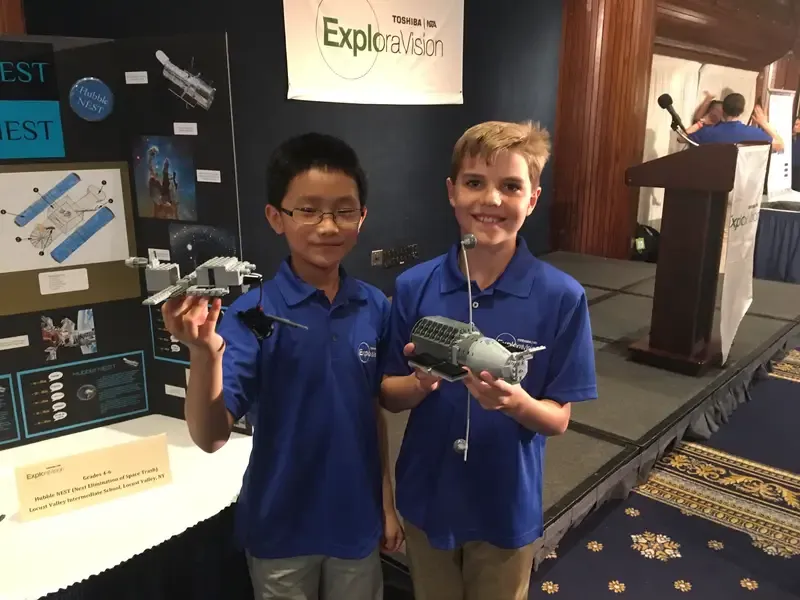
Final Thoughts
Space junk might sound like a big, far-away problem—but it’s very real and very important. The satellites that help us in everyday life—providing GPS, phone signals, weather forecasts—need safe orbits. The next generation of explorers and space-lovers—perhaps you—will benefit if Earth’s orbit stays clean and safe.
By understanding what space junk is, why it matters, and how we can fix things, we help protect our planet and our future in space. So keep looking up at the stars—with wonder, curiosity, and a sense of responsibility for our shared space!
For more interesting articles, please visit www.kidzherald.com




